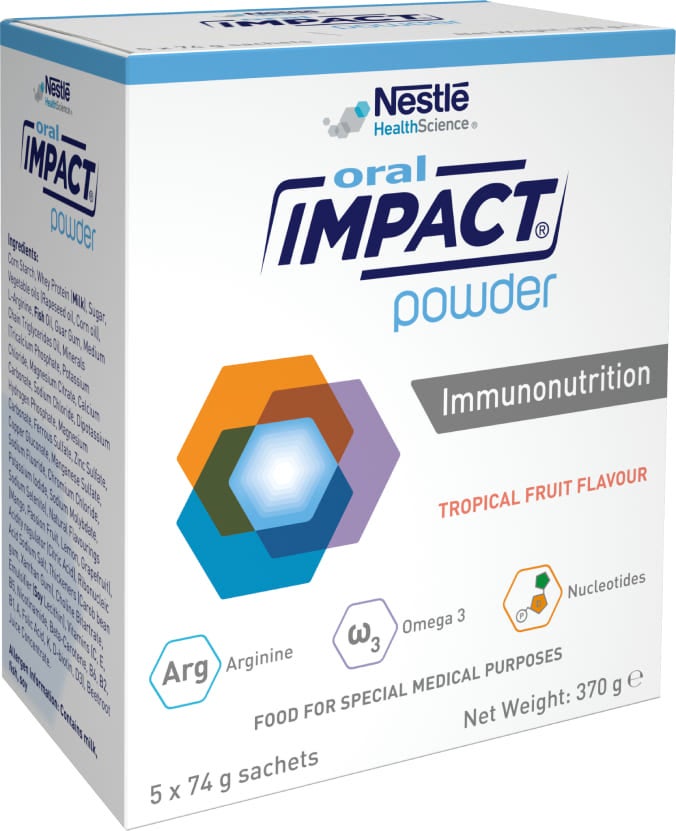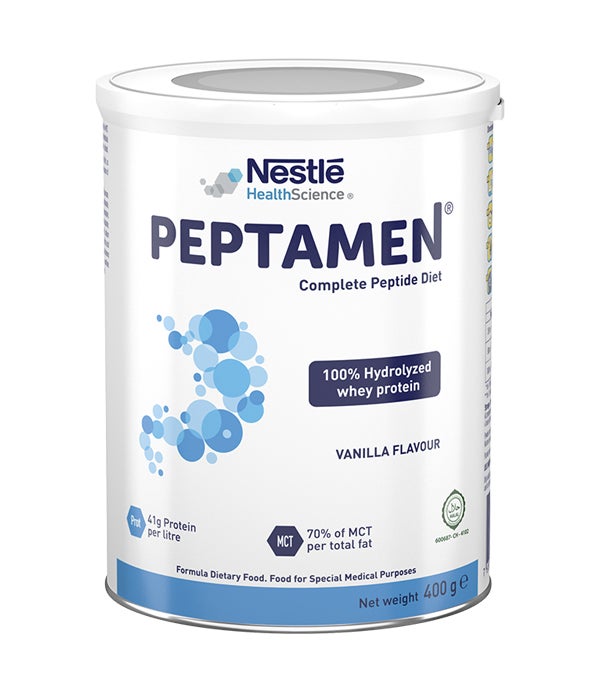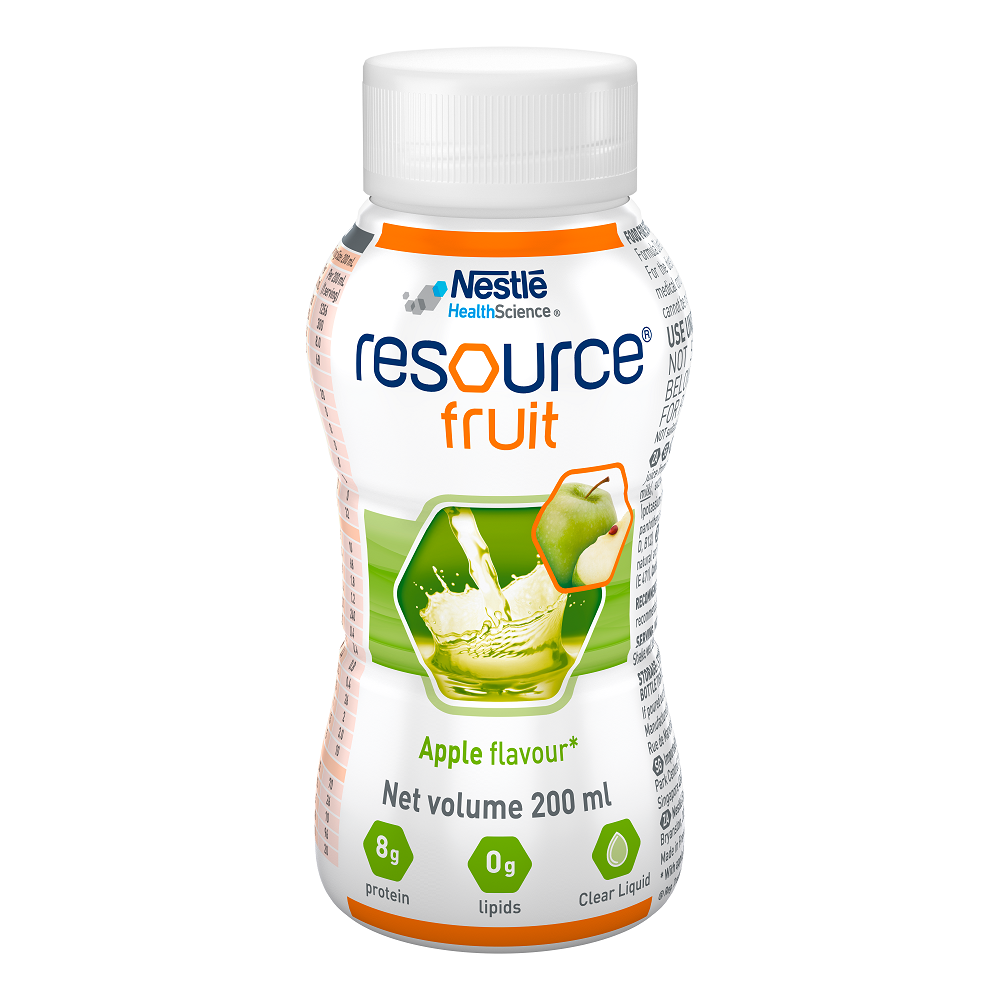- Nestlé Health Science
- Our expertise
- Cancer
- ONCOLOGY / CANCER
ONCOLOGY / CANCER
Cancer. This one word designates many diseases, with more than 100 different types of cancer. Still, they all have one thing in common: their cause, the fact that abnormal cells divide uncontrollably and acquire the ability to invade other tissues.3 Most types of cancer get their names from the organ or cell type in which they start (e.g., breast cancer, melanoma, which is a skin cancer involving cells called melanocytes).3
Cancer is a global health concern, with an estimated 14.1 million new cases occurring in 2012. Prevalence estimates for 2012 show that there were 32.6 million people (over the age of 15) who had had a cancer diagnosed in the previous five years.4 In Singapore, it has been reported that over 60,000 new cases of cancer occurred during 2010-2014.5
Thanks to the therapeutic achievements of recent decades, such as early identification and improved treatments, today millions of cancer patients can prolong their lives.1 Lately, cancer management has even evolved from a disease-focused treatment to a more holistic approach, centered on the patient as a whole, and not only on the cancer alone. This new focus encompasses healthy lifestyle habits such as exercising, getting enough sleep, not smoking, managing stress and eating a nutritious diet.2 In that regard, good nutritional status may be of help in tolerating cancer treatments. That is why we at Nestlé Health Science are committed to developing nutritional therapies that help patients during cancer therapy.
- http://www.cancer.org/acs/groups/cid/documents/webcontent/002048-pdf.pdf. Accessed December 2014. http://www.cancer.org/treatment/treatmentsandsideeffects/complementaryandalternativemedicine/mindbodyandspirit/holistic-medicine. Accessed December 2014.
- http://www.cancer.gov/cancertopics/cancerlibrary/what-is-cancer. Accessed December 2014.
- http://www.iarc.fr/en/media-centre/pr/2013/pdfs/pr223_E.pdf. Accessed December
- http://www.cancer.gov/cancertopics/pdq/supportivecare/nutrition/HealthProfessional/page4. Accessed December 2014.
- Singapore Cancer Registry Interim Annual Report. Trends in Cancer Incidence in Singapore 2010-2014. Available at: https://www.nrdo.gov.sg/docs/librariesprovider3/default-document-library/cancer-trends-2010-2014_interim-annual-report_final-(public)-updated-23-oct.pdf?sfvrsn=0. Accessed 10 March 2016.
15% to 25% of cancer patients are affected by anorexia at diagnosis.*,1
1.http://www.cancer.gov/cancertopics/pdq/supportivecare/nutrition/HealthProfessional/page4. Accessed December 2014.
*Listed symptoms are not all-inclusive; actual patient symptoms may vary.

REGAIN APPETITE
Appetite can be improved by getting regular exercise and eating in a quiet, comfortable environment. Small high-protein, high-calorie meals every one to two hours may be preferable to the traditional three large meals. Small amounts of food can be prepared in advance and stored so they are ready to eat when the patient feels hungry.1
1.Nutrition in Cancer Care. Accessed December 2014.

CONTROL NAUSEA AND VOMITING
Suffering from nausea and vomiting is a major side effect of cancer treatments.* Although medication can be prescribed, 1 eating before cancer treatments (rather than after) and eating easy-to-digest foods rather than heavy meals may help. Nausea-inducing foods such as strong-smelling, greasy foods should be avoided, as well as very warm rooms with cooking odors.2
1. Treatment-Related Nausea and Vomiting. Accessed December 2014.
2.Nutrition in Cancer Care. Accessed December 2014.
*Listed symptoms are not all-inclusive; actual patient symptoms may vary.

REDUCE GASTROINTESTINAL DISCOMFORT
Diarrhea is common in cancer.* To prevent dehydration and mineral imbalances, try to drink enough fluids, preferably at room temperature, with at least one cup of liquid after every loose stool; avoid greasy, high-fiber (e.g., dried beans or cabbage) or gas-inducing foods (e.g. peas or chewing-gum). As for beverages, caffeine, milk and soda, should be avoided as well.1
1.Nutrition in Cancer Care. Accessed December 2014.
*Listed symptoms are not all-inclusive; actual patient symptoms may vary.



